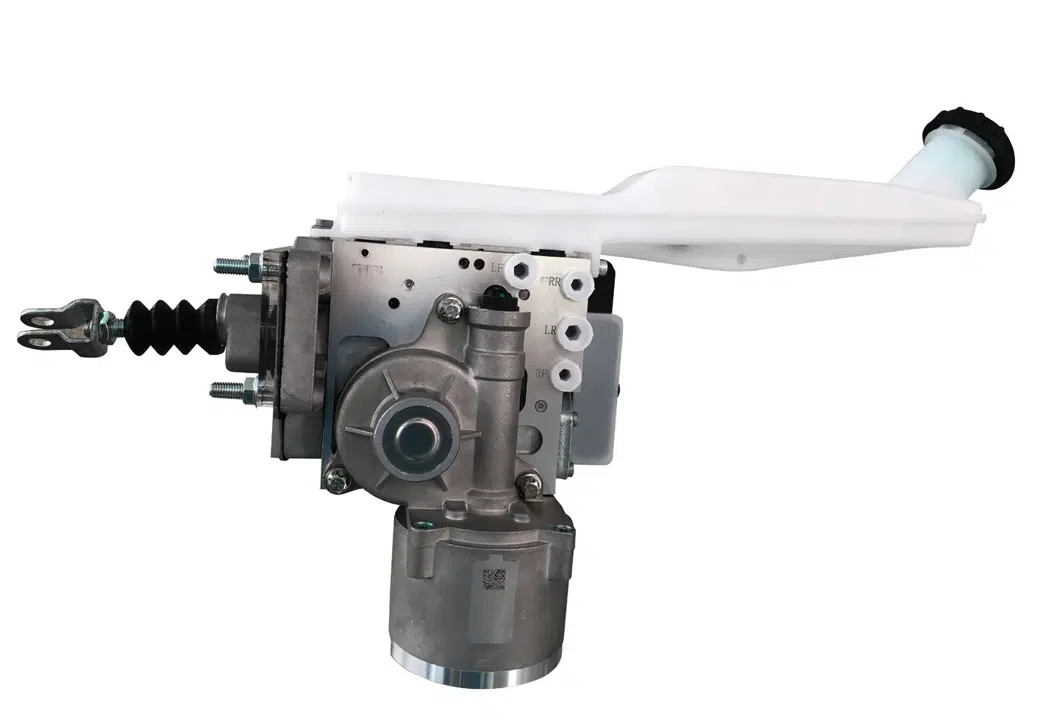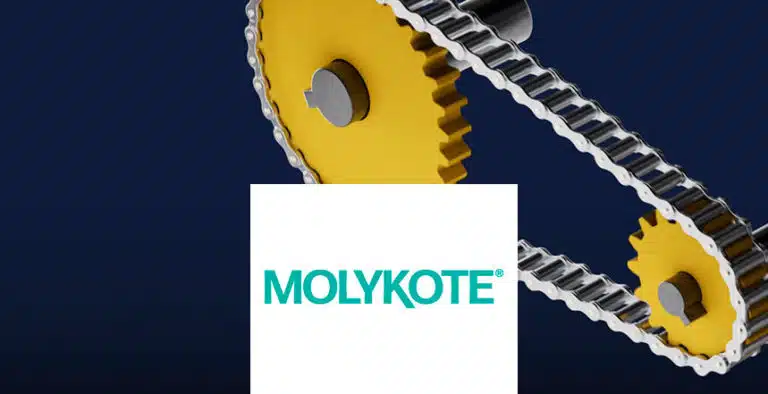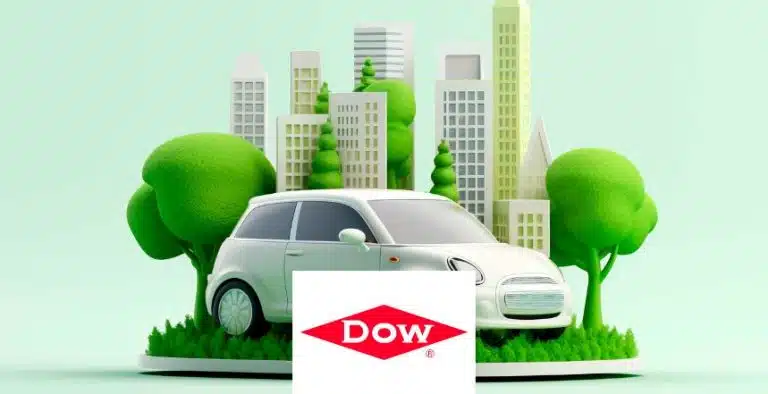Grease outperforms competing lubricant in new brake system
Case study: Rubber- and plastic-compatible grease met endurance-testing needs across wide temperature range as low as -40°C
With the global push toward the adoption of electric vehicles (EVs), automotive OEMs are looking for ways to adapt their technology for complete vehicle electrification, including the braking system. Electro-hydraulic braking (EHB) – a stepping stone to fully electromechanical brake-by-wire systems of the future – replaces vacuum booster brake technology. Expected to grow by 30% market share by 2025(1), EHB systems work in a vacuum-free environment, which is a benefit in EV applications.
The application
Bethel Automotive Safety Systems, Co., Ltd., a global brake system manufacturer headquartered in China, began developing its wire control brake system (WCBS) – a new one-box EHB system. The system, which is combined with a backup electronic parking brake as a failsafe, has the benefit of being smaller and lighter – with fewer parts than traditional booster brakes and two-box EHB systems –and can be used in both new EVs and traditional combustion-engine vehicles.
The manufacturer was looking for a lubricant solution that offered rubber and plastic compatibility and would meet system endurance tests under a wide service-temperature range.
The challenge
Initially, a competitor’s polyalkylene glycol (PAG) lubricant had been selected for the application, but it wasn’t able to meet the challenging requirements.
The competitor’s lubricant worked well in temperatures as low as -30°C, but the brake system showed reduced output pressure when compared to the lubricant’s room temperature performance. According to the manufacturer, energy loss in lithiumion batteries is a significant concern, especially in the winter.

Electro-hydraulic braking (EHB) is a fast-growing technology that replaces older booster brake technology. The braking unit, as shown here, is controlled by electronic actuators that activate the brake hydraulics.
The solution
The MOLYKOTE® Specialty Lubricants team collaborated with Bethel’s EHB system project manager to understand the project’s technical requirements and recommend a solution. The lubricant would need to endure millions of load cycles under service temperatures that ranged from -40°C to +120°C. MOLYKOTE® lab testing showed that one particular lubricant – MOLYKOTE® G-5025 Grease – was compatible with various rubber/elastomer substrates (e.g., EPDM) and plastics, so the
team believed it would deliver the reliable protection the application required.
Lab comparisons performed in the DuPont lab showed that MOLYKOTE® G-5025 Grease could deliver much lower torque than the competitor’s product at the extreme low temperatures and encouraged the manufacturer to try it in a road test. When put to the test, the MOLYKOTE® grease
reduced the pressure gap, which met the manufacturer’s expectations.
The EHB system’s output pressure was more stable across temperature changes with MOLYKOTE® G-5025 Grease than it had been with the competitor’s product. The grease helped the brake unit operate safely and reduced energy consumption – especially in low temperatures – by reducing
starting and running torque as demonstrated in the table below. After a clear demonstration of the operating effectiveness of the MOLYKOTE® Specialty Lubricant, MOLYKOTE® G-5025 Grease was specified successfully
| Low temperature (-40°C) | Competitor’s grease | MOLYKOTE® G-5025 Grease |
| Starting torque | 891.3 mN.m | 110 mN.m |
| Running torque, 20 min | 169.8 mN.m | 23.2 mN.m |
Reliable plastic-compatible lubrication and low-temperature performance
MOLYKOTE® G-5025 Grease was developed for the lubrication of over-running clutches in starter motors, but it has been shown to be a high-performance lubricant across wide temperature ranges – not just in starter motors, but in other automotive applications with demanding durability
requirements. It shows good anti-wear properties and offers resistance to oxidation and moisture that can lead to extended component life.
In addition to the specific customer application featured in this case study, MOLYKOTE® G-5025 Grease also has now been specified for similar applications by other key market players.
Typical properties of MOLYKOTE® G-5025 Grease
Specification writers: These values are not intended for use in preparing specifications. Please contact your local MOLYKOTE® sales representative prior to writing specifications on this product.
| Standard* | Test | Result |
| Color | Yellow | |
| DIN 51818 | NLGI class | 44228 |
| DIN ISO 2137 | Worked penetration | 295-325 mm/10 |
| IP 396-02 | Dropping point | 248°C |
| CTM 0033A | Bleed (150°C, 24 hr) | 0,0268 |
| CTM 0033A | Evaporation (150°C, 24 hr) | 0,0362 |
| DIN 51805 | Flow pressure @ -40°C | < 500 mbar |
| DIN 51802 | Emcor (7 d, distilled water) | 0 |
| DIN 51 350 pt.5 DIN 51 350 pt.4 |
Four-ball-tester: Wear scar (1,000 N, 60 sec) Weld load |
1.0 mm 4,400 N |
| Service temperature range | -40°C to +180°C | |
| *DIN: Deutsche Industrie Norm. ISO: International Standardization Organization. IP: Institute of Petroleum. CTM: Corporate Test Method; copies of CTMs are available on request. | ||
Source: MOLYKOTE® G-5025 Grease for automotive applications paper







